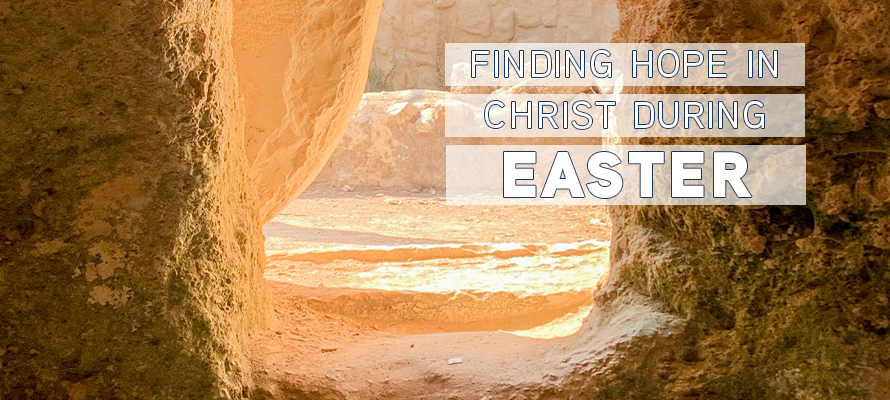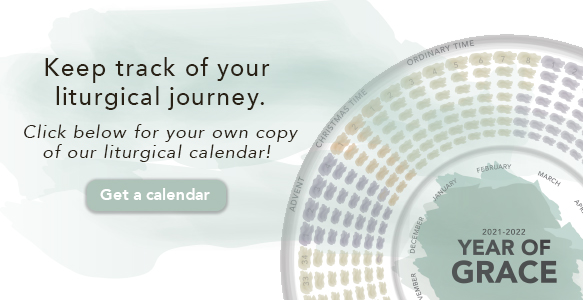
As our pilgrimage through the liturgical year continues, we arrive at Easter – the peak of the liturgical year. While it may seem odd to reflect upon Easter just after Christmas, the two are intrinsically linked. There would be no Easter without Christmas, and Christmas would not have the same meaning if Easter had never happened.
During the Easter Season, we celebrate the glorious resurrection of our Lord and His victory over sin and death. In the wisdom and benevolence of the Church, the Easter season lasts a full 50 days – through the octave and the Ascension to Pentecost. This is longer than the penitential 40 days of Lent, reflecting the fact that eventually feasting and celebrations with the Lord in Heaven will triumph over the fasting and the darkness of this life.
However, Easter is not just a time for endless partying and indulging in whatever we might have abstained from during Lent. It is truly a time of rebirth, and our Lenten penances should have drawn us closer to the Lord and a life of holiness.
As Pope Pius XII wrote in his encyclical, Mediator Dei (On the Sacred Liturgy):
There are many great saints and feasts celebrated during the Easter Season that coincide with pilgrimage destinations around the world. Perhaps most notably are the Holy Land and Poland. In the Holy Land, you can see the empty tomb and stand on the mount where Christ ascended to Heaven. You can pray at the site of the Upper Room – as the Apostles did in anticipation of Pentecost. In Poland, you can visit the Shrine of Divine Mercy and see where St. Faustina – the Saint of Mercy – penned some of her famous diary.
Even a local pilgrimage to your nearest Adoration Chapel is a great way to commemorate this liturgical season. Taking the time to praise God for His mercy and celebrate the gloriousness of His resurrection and ascension into heaven.
To read the other blogs in this series, please click the appropriate link below.




